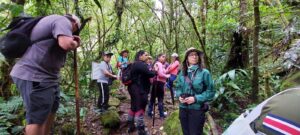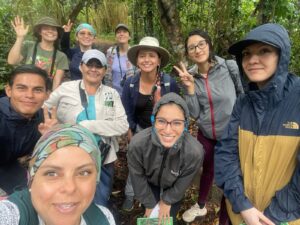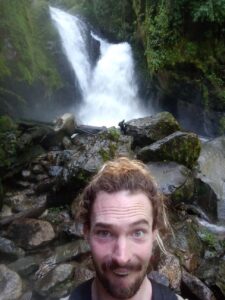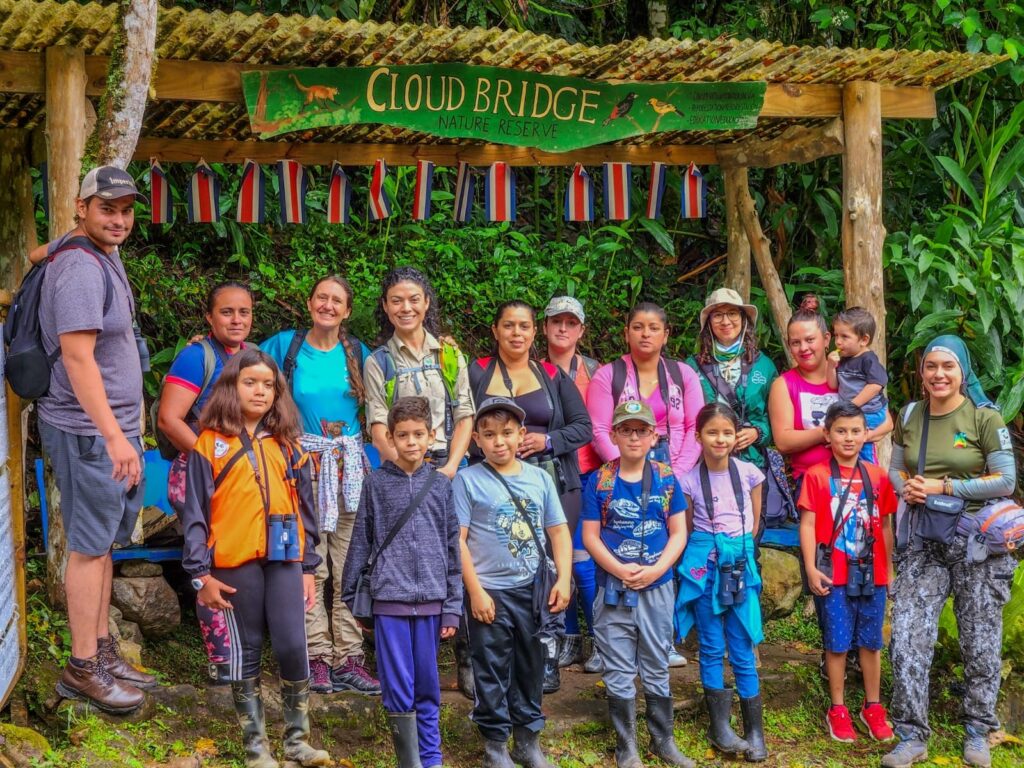
This month is approaching the end of the school year in Costa Rica, and the gradual transition into the dry season. This year, Cloudbridge has implemented the eight modules of the environmental education program «Knowing our biodiversity (CONUBI)» in two local schools. This comprehensive program developed by various environmental education organizations teaches students about biodiversity, climate change, agroecology, responsible consumption and more. Cloudbridge was honored to host a final overnight activity for one lucky child and their guardian from each school for the third year running. With some time in the research lab, a night hike, bird-watching and more, the children and their parents, loved this opportunity to see for themselves the marvelous biodiversity that is present in the Cloud Forest of the Talamanca mountains.
.
The environmental educator Marylin Rodríguez has been implementing this program in schools both for Cloudbridge and for ASANA, and Cloudbridge was happy to facilitate the opportunity for her to participate in an event about climate change for environmental educators organized by Ecology Project International, at Reserva Pacuare. It was a great opportunity for her to share about the work that we have been doing, and learn about work that other organizations have been doing to promote conservation through education.
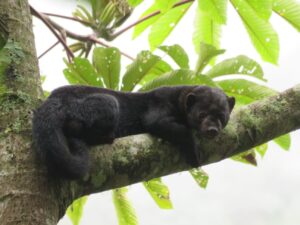
Over the years, Cloudbridge has provided the opportunity for thousands of people to learn more about this unique habitat and appreciate the forest and wildlife. People will not take care of what they don´t know, so the opportunity to learn about these important ecosystems is a gift that Cloudbridge continues to provide both to Costa Ricans and to visitors. Participants in our research or volunteer program have the opportunity to systematically study this wonderful biodiversity over time, but for people who cannot stay for months at a time, taking a tour with our knowledgeable guides and staying at our rental casitas are a great option to get the most out of your visit! Bookings of our tours and rental cabins made after January 1st, 2024, will have a slight increase over the current rate, so book now if you would like to come and enjoy Cloudbridge in the coming year!
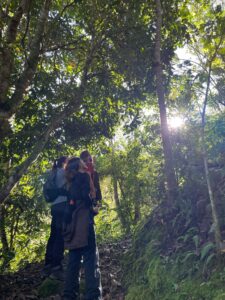
Program Participants
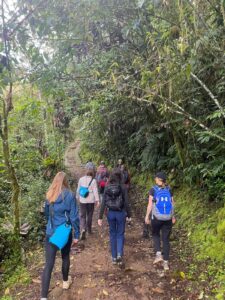
Hola, my name is Lilli! I’m a volunteer from Germany and I am staying at Cloudbridge for 2 months. In the morning, I really enjoy going on hikes with the interns to help them set up camera traps or join them on their surveys. We spend time in the depths of nature looking for hummingbirds or frogs and other reptiles. Us volunteers can enjoy our free time in the afternoon and on the weekends by reading, going to the beach and exploring the country around Cloudbridge
G’day, Nathan here. I’m an ecologist from Australia traversing the Americas. After passively observing Earth’s demise online I sought contribution in local conservation efforts. Cloudbridge is an oasis of biological knowledge, within a reforested landscape that offers a plethora of ecotones to investigate. While here I hope to describe arboreal habitat availability by documenting tree cavity density across the reserve. I’ve been blown away by the biodiversity and inspired by the people moving through the organization. The decadent taste of the river water and infinite shades of green remind me of the power of a landscape palate cleanse. 10/10. highly recommend.
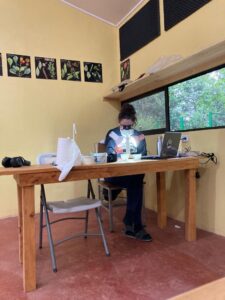
Pics from around the Reserve
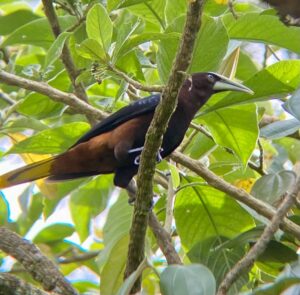
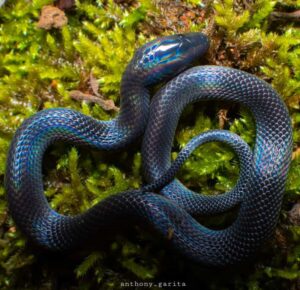
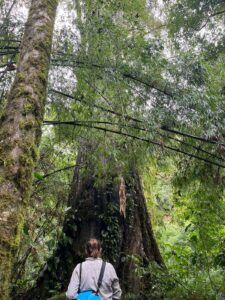
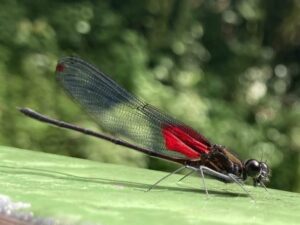
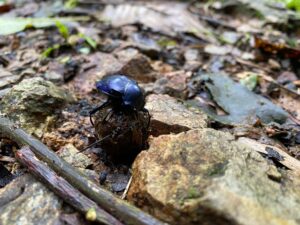
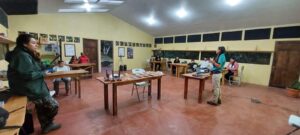
Suggested Reading
- The Lancet Countdown is an international research collaboration that independently monitors the evolving impacts of climate change on health, and the emerging health opportunities of climate action. We encourage you to check out the 2023 edition of this report here.
- The journal BioScience has published a 2023 State of the climate report: Entering Uncharted Territory.
- An alarming article published in Oxford Open Climate Change this month found that «under the present geopolitical approach to GHG emissions, global warming will exceed 1.5°C in the 2020s and 2°C before 2050. Impacts on people and nature will accelerate as global warming increases hydrologic (weather) extremes». Though this sounds quite bleak, the abstract concludes by stating that «Current political crises present an opportunity for reset.»
- Robin Wall Kimmerer has long offered guidance around what such a reset may look like, and we invite you to explore the Emergence Magazine feature «Corn tastes better on the honor system».

